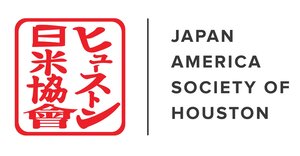Week 2 of our “Wagara Wednesday” series highlights the geometric #Asanoha (#麻の葉) design resembling a hemp leaf.
Hemp has long been an important plant in Japan, as it served as the primary clothing fiber, along with silk, until the 16th century when cotton was widely produced in Japan.
Known for being robust and for growing quickly and straight, hemp came to represent growth and good health.
The hemp leaf pattern began to be seen from the Heian period (794-1185).
Initially found on Buddhist furnishings, asanoha became widely incorporated into designs for textiles, particularly fabrics used for baby’s clothing as wish for a child to grow fast and strong.
Connected to the ideas of children’s growth and health, the asanoha pattern is now viewed as a talisman having the power to overcome despair.
In the face of the current pandemic, may the asanoha pattern serve to keep us healthy and hopeful.

